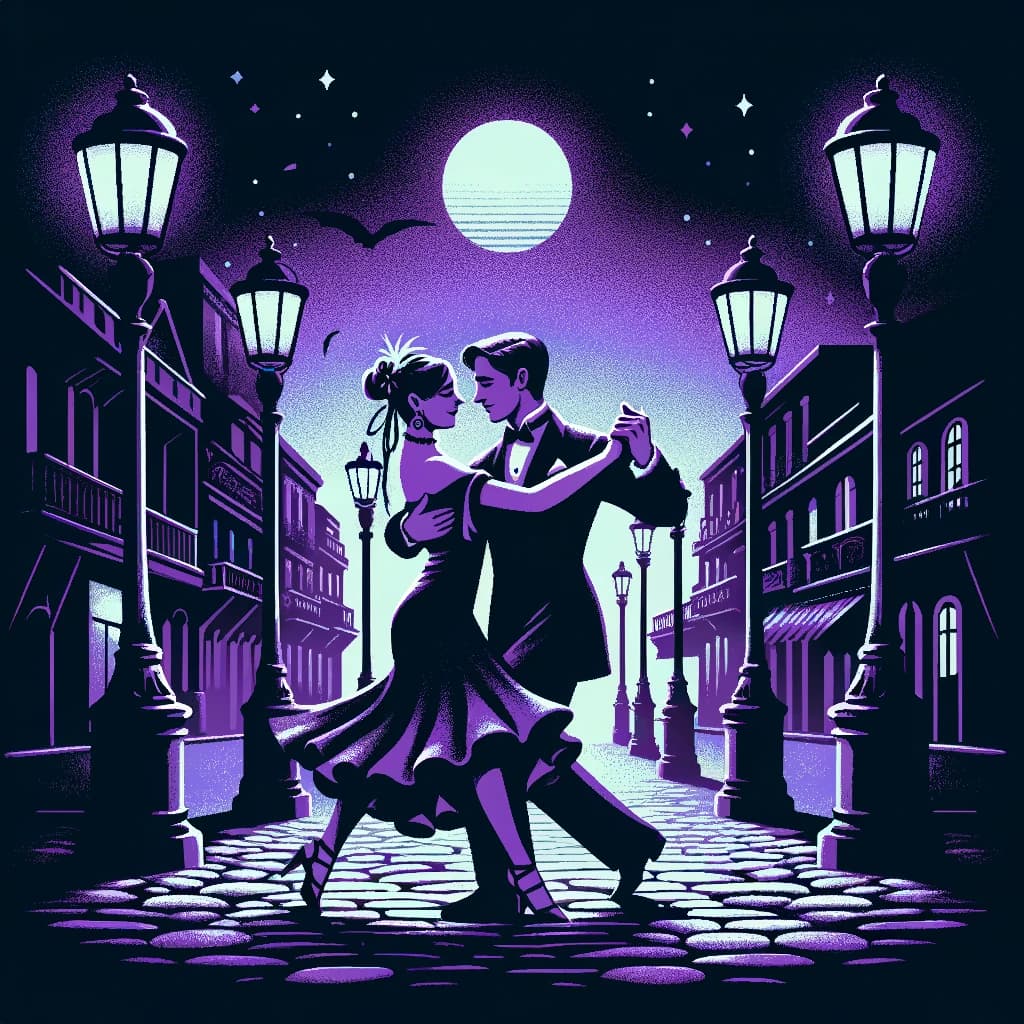In the intricate and passionate world of Tango Argentino, the term “Agujas” or “needles” represents a specific type of embellishment used primarily by followers to add flair and expressiveness to their movements. This technique, like other adornments in tango, enhances the visual appeal of the dance and allows dancers to interpret the music and their connection with their partner in a unique and personal way.
What Are Agujas?
Agujas, which literally means “needles” in Spanish, refer to sharp, precise foot movements that resemble the action of sewing or needling. These embellishments are typically executed by followers and involve quick, pointed taps or flicks of the feet. The name “needles” aptly describes the sharp, delicate, and intricate nature of these movements.
The Technique of Agujas
Executing agujas requires a combination of balance, precision, and timing. Here’s a breakdown of the technique:
-
Preparation: The follower prepares for an aguja by engaging their core muscles and maintaining a stable frame. Good posture and balance are crucial to executing these movements smoothly.
-
Foot Placement: The embellishment usually starts from a basic step or a pause in the dance. The follower extends one leg slightly, with the toes pointed.
-
Execution: With a sharp, controlled motion, the follower taps or flicks the floor with the toe of the extended foot. This action can be repeated in quick succession, creating a series of rapid, needle-like taps.
-
Coordination: Effective use of agujas requires close coordination with the leader and the music. The follower must listen to the nuances of the music and respond to the leader’s cues to incorporate the embellishments seamlessly into the dance.
-
Expression: While the technical execution is important, the expressiveness of the movement is what makes agujas stand out. Each flick or tap can convey different emotions, from playful to intense, depending on the dancer’s interpretation.
The Role of Agujas in Tango
Agujas serve several purposes in Tango Argentino:
-
Musical Interpretation: They allow followers to interpret and respond to the music in a detailed and nuanced way. By accentuating certain beats or musical phrases, dancers can enhance their connection to the music.
-
Visual Appeal: The sharp, intricate movements of agujas add visual interest and excitement to the dance. They draw the audience’s attention and showcase the dancer’s skill and creativity.
-
Personal Expression: Agujas give followers the opportunity to express their personal style and emotions. Each dancer can perform these embellishments differently, adding their unique touch to the dance.
-
Interaction with the Leader: These embellishments also contribute to the dynamic interaction between leader and follower. By responding to the leader’s movements with precise and expressive needles, the follower adds a layer of complexity and depth to the dance.
Learning and Mastering Agujas
Mastering agujas requires practice and a strong foundation in tango technique. Here are some tips for learning and perfecting this embellishment:
-
Practice Basic Steps: Before attempting agujas, ensure that you have a solid grasp of basic tango steps and movements. Good balance and control are essential for executing precise embellishments.
-
Work on Timing: Practice performing needles to different types of tango music. Focus on timing your movements to the beat and rhythm of the music.
-
Strengthen Core Muscles: A strong core is crucial for maintaining balance and control during agujas. Incorporate core-strengthening exercises into your routine to improve your stability.
-
Pay Attention to Detail: Agujas are all about precision. Focus on the small details of your footwork, ensuring that each tap or flick is sharp and controlled.
-
Dance with Different Partners: Practicing with various partners can help you develop better coordination and adaptability. Each leader’s style is different, and learning to respond to different cues will improve your ability to incorporate embellishments seamlessly.
-
Seek Feedback: Take lessons from experienced tango instructors who can provide feedback on your technique. Watching videos of skilled dancers can also provide inspiration and insight into different ways to execute and incorporate agujas.
Agujas, or needles, are a beautiful and intricate embellishment in Tango Argentino that allow followers to add their unique flair to the dance. These sharp, precise movements enhance the visual appeal, musicality, and emotional expression of tango. Mastering agujas requires practice, attention to detail, and a deep connection to both the music and the dance partner. As dancers continue to explore and refine their technique, agujas remain a vital and captivating element of the rich tapestry of Tango Argentino.













Responses (0 )